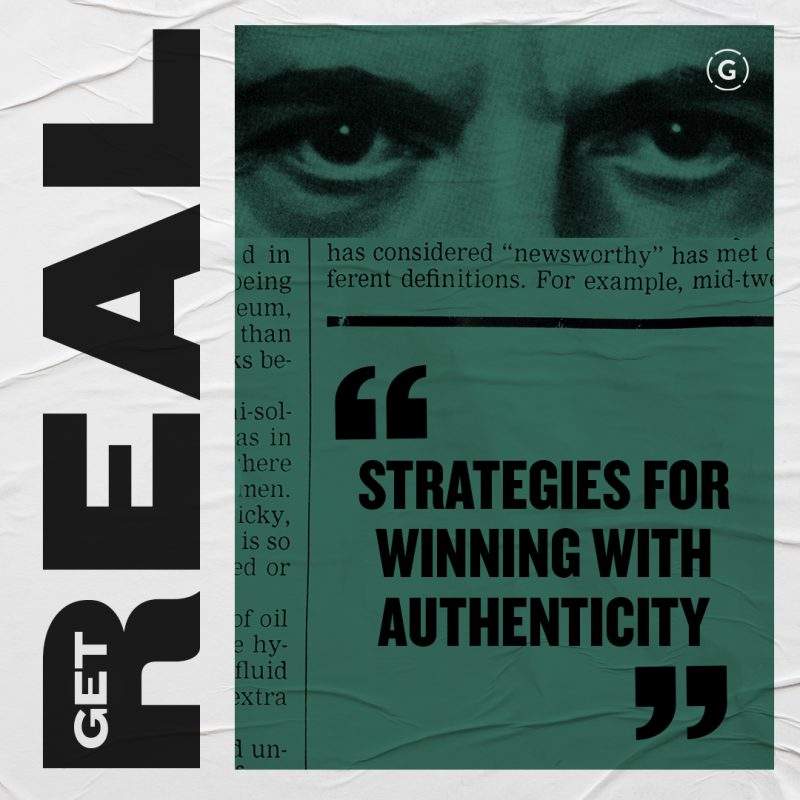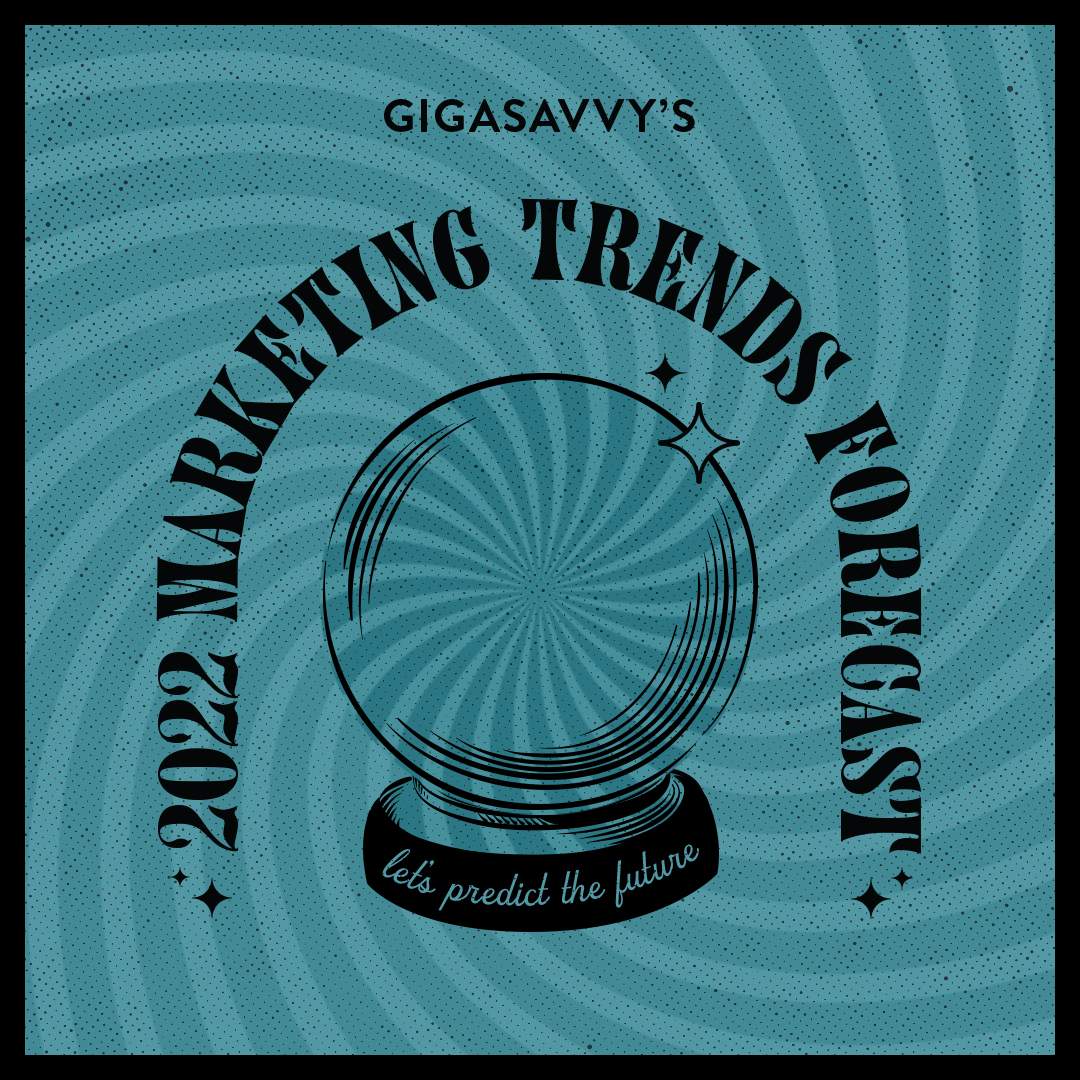Consumers are cynical about brands. If you want them to open their hearts (and wallets), you have to be real with them.
Brand loyalty and trust used to be a lot easier to generate. Today, serial switchers will abandon a brand for even a minor infraction or breach of trust, continually searching for alternatives that better matches their needs, preferences, and values. More and more often, choosing brands that align with their values is driving the switch.
Consumers reward (and punish) brand behavior
Culture marketing isn’t just creative agency buzz. Living up to your brand promise and stated values is about more than just doing the right thing; it has very real financial consequences. 68% of U.S. consumers now report that their buying decisions are influenced by brands’ social responsibility reputations.The average company grows its revenue by 32% annually. But, the average values-driven company, according to Forrester Research, grows by 37% annually because their brand strategies are more aligned with changing consumer demands.
Many of the most admired and successful brands right now are speaking authentically and staying true to their mission – and they are seeing the benefits. Dove, which has become a leader in authentic brand marketing, has seen sales jump by nearly 60%, or more than $1.5 billion, since first releasing campaigns showcasing real women with more natural appearances.
But the financial impact of brand trust cuts both ways. Accenture found that 54% of the companies they studied which lost trust stood to lose at least $180 billion from the resulting backlash (we see you Pepsi). That’s because, according to Edelman’s Trust Barometer, 64% of consumers are likely to stop buying from a brand that is mis-aligned with their values, and might also actively campaign against it!
It’s Everyone’s Game
Headlines might have you believe the trend is primarily being driven by Gen Y and Z. There is some truth to that, but younger generations aren’t alone in wanting authentic and accountable brands. 52% of U.S. consumers over the age of 60 also say they want the companies they patronize to act responsibly in regard to social issues.
There is also a mistaken perception that consumers with higher disposable income, who can afford to pay a premium for products and services that align with their values, are the only ones doing the switching. However, Forrester found that an almost identical proportion of U.S. consumers from households with yearly incomes less than $75,000 or more than $150,000 say that social responsibility is an important part of their buying decisions.
Plan the Work, and Work the Plan
So how exactly can you create a socially responsible brand strategy for your company? It’s a process that begins by finding and addressing the social issues that connect your brand with your customers:
- Identify the causes that matter in your industry and to your customer base
- Choose the one or two issues that your brand can engage with authentically
- Solicit feedback, open a dialogue, and use that information to create policies that can make a difference
- Codify and broadly share your values and policies, both internally and externally
- Put your values to work (i.e. don’t just write them down, enforce them rigorously and transparently)
- Create a framework to continually re-examine and update your values and policies
The most important point is to choose something actionable, and then act on it. If your organization isn’t willing to follow through on your stated values, you might as well skip the exercise altogether. It seems circular to even say it, but you can’t fake authenticity.
Less Clamor, More Real Connections
Despite the research and trends, too many brands are still just bombarding their audience in the hopes that they can win mindshare (and market share) by staying in the feeds with sheer volume. That’s an easy way to be noticed, but it’s not a great way to instill lasting and positive brand affinity — especially not in a marketplace where the consumers have a growing say over what they see and who they interact with.
Perhaps the most compelling reason unearthed by Forrester for brands to engage in authentic, socially responsible outreach is that the most outspoken and empowered customers, the trendsetters and early adopters that all other consumers are influenced by, are actively pushing for social responsibility. A massive 70-percent say it is an important objective, and they’re quick to sniff out insincerity (and even quicker to mock imposters).
Photoshopped images, cold calls, hard-charging salespeople, and massive social media campaigns, aren’t going away entirely, but they are proving less effective. The better, smarter brand messaging strategy is more targeted, more personalized, and more in tune with where consumer behavior is heading, not where it was.
Get Ready for the Future
The future of brand marketing is an open and accountable conversation – an authentic, collaborative relationship, with companies and customers enjoying a dialogue about where brands’ priorities should be and how they should behave. This softer, more real, and more grounded approach can cut through the noise to connect with audiences in a way that is so aligned with their own values that they can’t help but share and advocate on the brands’ behalf.
At Gigasavvy, we specialize in marketing for humans. Our brand strategy consulting team loves helping companies figure out what matters most to their fans and finding ways to share their authentic brand messaging. Contact us to learn how our creative marketing agency can bring your real brand story to life.



